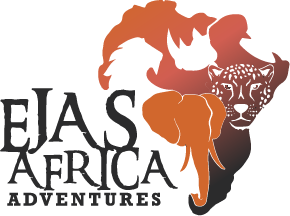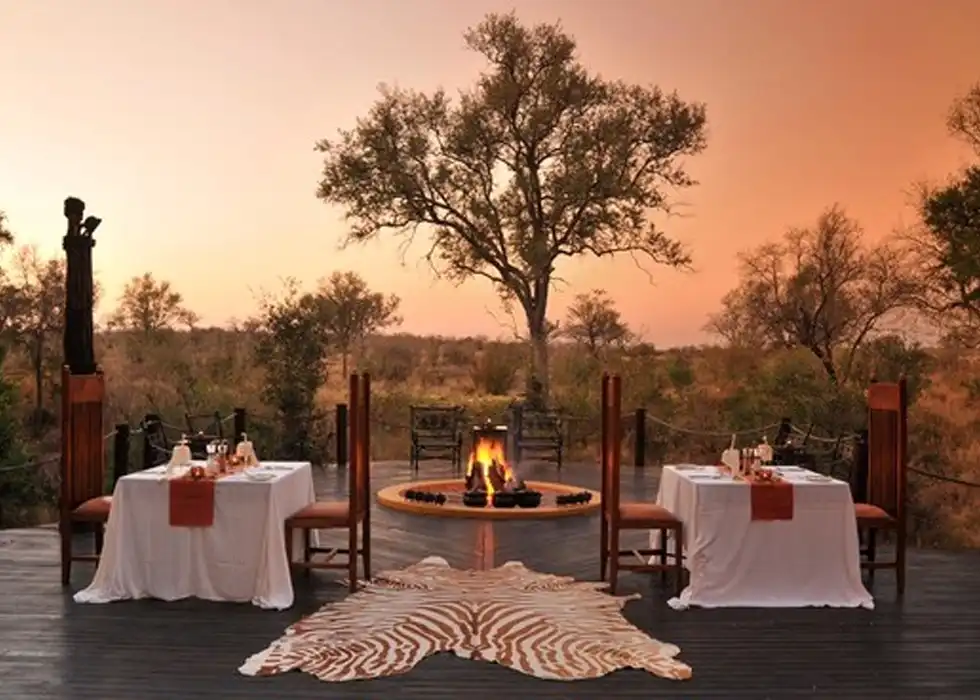Top Best Tanzania Safari Destinations
Tanzania Safari Destinations, the richness of its national parks offers an array of ecosystems and wildlife experiences for safari enthusiasts. Each park is uniquely captivating, showcasing the country’s diverse landscapes and abundant wildlife. Tanzania’s national parks offer an unparalleled safari adventure from the iconic Serengeti to the lesser-known gems like Ruaha and Katavi. Whether you’re seeking the thrill of witnessing the Great Migration or the tranquility of exploring remote wilderness areas, Tanzania has something for every safari lover.
Kitulo National Park:
Known as “The Garden of God,” Kitulo National Park is a floral paradise, boasting over 350 species of flowers, including 45 varieties of terrestrial orchids. This unique park, often referred to as “The Serengeti of Flowers,” features the picturesque Poroto and Livingstone Mountains, covering an area of 412.9 square kilometers. During the rainy season, the park transforms into a vibrant wildflower display, offering a breathtaking sight for visitors.
Ruaha National Park:
Renowned for its rare game viewing and captivating landscapes, Ruaha National Park is an untouched wilderness ecosystem. The Great Ruaha River, which flows for 160 kilometers through the park’s eastern boundary plains, serves as the lifeline of this diverse ecosystem. Originally gazetted in 1910 and later expanded in 2008, Ruaha National Park now covers an impressive 20,226 square kilometers, making it the largest national park in East Africa. Its vast expanse hosts the region’s largest concentration of elephants, providing an unparalleled safari experience.
Katavi National Park
Nestled in the southwestern part of Tanzania, Katavi National Park offers a true wilderness experience, characterized by its isolation and unspoiled natural beauty. Covering an area of 4,471 square kilometers, Katavi is Tanzania’s third-largest national park. Situated within the Rift Valley, the park’s landscape transitions from expansive plains to the shallow expanse of Lake Rukwa. Katavi is renowned for its abundant wildlife, including hippos and elephants. Game viewing in the park is centered around the Katuma River and its surrounding floodplains, offering visitors a pristine safari adventure.
Serengeti National Park:
As the oldest and most renowned national park in Tanzania, Serengeti National Park is synonymous with The Great Migration, one of the world’s most spectacular wildlife phenomena. Serengeti offers unparalleled game-viewing opportunities year-round, covering an area of 14,763 square kilometers. Visitors can witness the iconic sight of millions of wildebeest, zebras, and gazelles as they traverse the vast plains in search of greener pastures. In addition to The Great Migration, Serengeti is home to the Big Five and boasts diverse landscapes, from open savannahs to acacia woodlands, providing an unforgettable safari experience.
Rubondo Island National Park:
Gazetted in 1977, Rubondo Island National Park is an essential breeding ground for migratory birds and fish. Over 80% of the park is covered by dense forest, providing a variety of habitats for wildlife. This unique park, covering an area of 457 square kilometers, boasts a combination of marine and mainland flora and fauna. The park’s diverse ecosystem includes the Wami River, the most crucial freshwater source in the park, as well as numerous seasonal rivers and dams.
Gombe Stream National Park:
Covering an area of 52 square kilometers, Gombe Stream National Park is the smallest national park in Tanzania. Situated on the northern shore of Lake Tanganyika, steep slopes and river valleys surround this delicate strip of chimpanzee habitat. Gombe Stream is renowned for its population of wild chimpanzees, offering visitors a unique opportunity to observe these fascinating primates in their natural habitat.
Mahale Mountains National Park:
Home to some of Africa’s last remaining wild chimpanzees, Mahale Mountains National Park covers an area of 1,613 square kilometers. With a chimp population of roughly 800, this remote park offers a rare opportunity to observe these endangered primates up close. The park’s landscape is dominated by the Mahale mountain ridge, which stretches for 50 kilometers along Lake Tanganyika’s shoreline, reaching heights of up to 2,462 meters.
Mount Kilimanjaro National Park:
Mount Kilimanjaro National Park is home to Africa’s highest peak, rising to 5,895 meters above sea level. This iconic volcanic mountain stands in splendid isolation above the surrounding plains, offering breathtaking views and diverse ecosystems. Visitors to Mount Kilimanjaro National Park can embark on challenging hikes to the summit, traversing through five different climatic zones, from lush rainforests to alpine deserts. The park is also home to a variety of endangered species, including elephants and leopards.
Lake Manyara National Park:
Stretching for 50 kilometers along the base of the 600-meter-high Rift Valley escarpment, Lake Manyara National Park is a picturesque destination known for its lush groundwater forest and diverse wildlife. This scenic park, covering an area of 330 square kilometers, is home to ancient mahogany trees and a variety of wildlife, including elephants, giraffes, and hippos. The park’s highlight is its expansive lake, which provides a stunning backdrop for game viewing and birdwatching.
Mkomazi National Park:
Located between the northern safari circuit and the coastal attractions of Tanzania, Mkomazi National Park covers an area of 3,245 square kilometers. This unique park is home to two highly endangered species, the black rhino and the African wild dog, making it a vital conservation area.
Tarangire National Park:
Ranking as the 6th largest National Park in Tanzania and covering an area of 2,600 square kilometers, The Tarangire National Park is most popular for its large elephant herds and mini-wildlife migration that takes place during the dry season which sees about 250,000 animals enter the park.
Saadani National Park:
The Saadani National Park lies in the historic triangle of Bagamoyo, Pangam, and Zanzibar covering an area of 1100 km2. Offering a unique combination of both marine and mainland flora and fauna the park accesses the open ocean with coral reefs changing inland waters to mangrove forest ecosystems.
Mikumi National Park:
The Mikumi National Park lies at the border of Africa’s biggest game reserve-the Selous dissecting the tarred road between Dar es Salaam and Iringa. The floodplain of the national park is the central part and hosts numerous wildlife reserves. Hippos at the pools near the entrance of the park are the main
Tarangire National Park:
Home to vast elephant herds and a unique mini-wildlife migration during the dry season, Tarangire National Park showcases the beauty and diversity of Tanzania’s wildlife. The Tarangire River serves as a lifeline for the park’s inhabitants, drawing a plethora of animals seeking water and sustenance.
Udzungwa Mountains National Park:
Part of the Eastern Arc Mountains, Udzungwa Mountains National Park boasts lush forests and remarkable biodiversity. With its endemic species and scenic hiking trails, it’s a paradise for nature lovers and adventurers.
Arusha National Park:
Located near Arusha town, Arusha National Park is a gateway to Tanzania’s northern circuit safaris. Featuring diverse ecosystems and stunning views of Mt. Meru, the park offers a range of activities for visitors, from game drives to hiking adventures.


